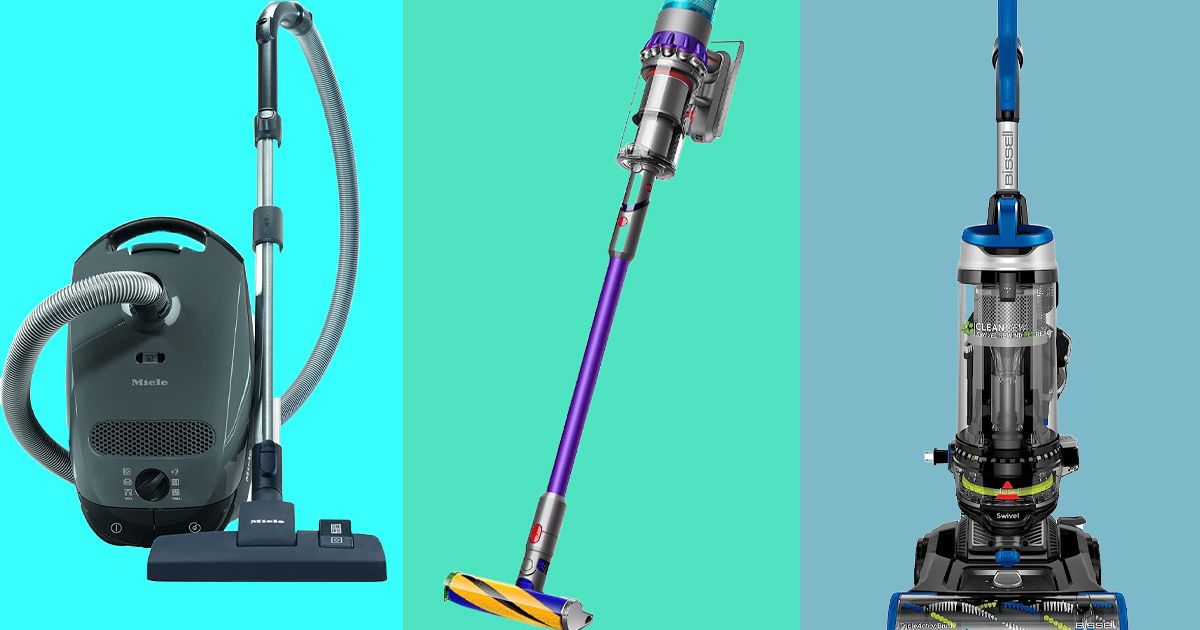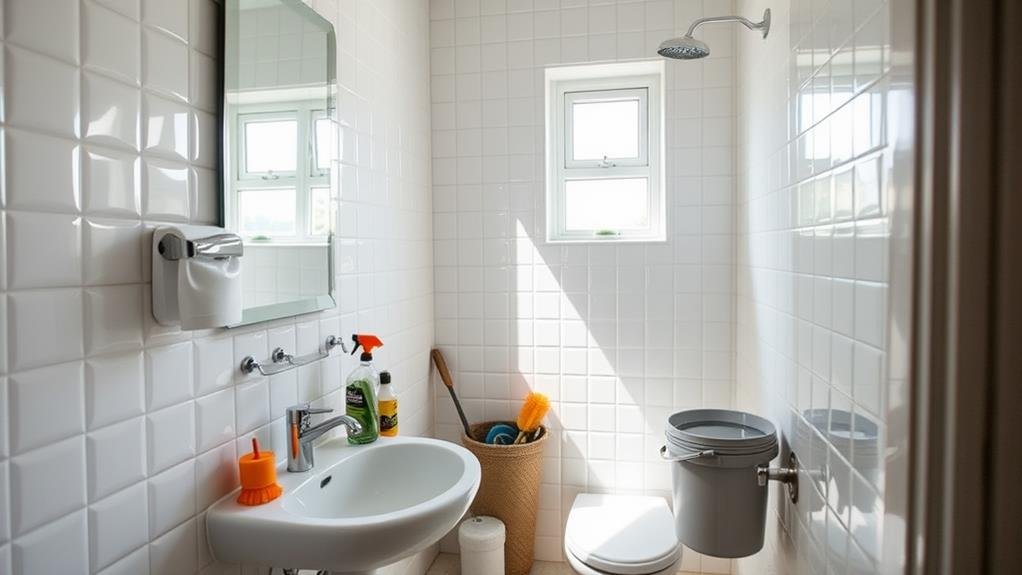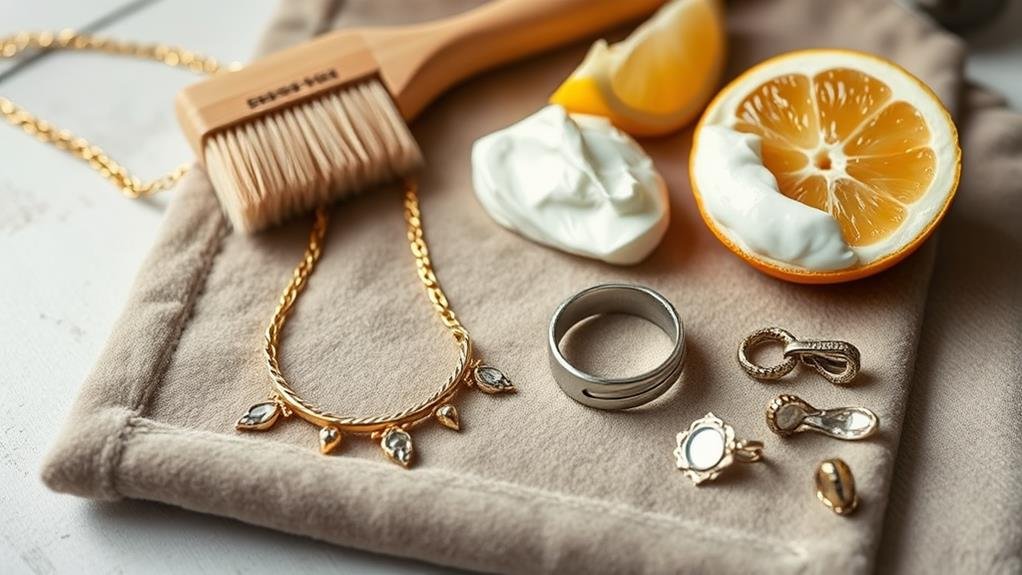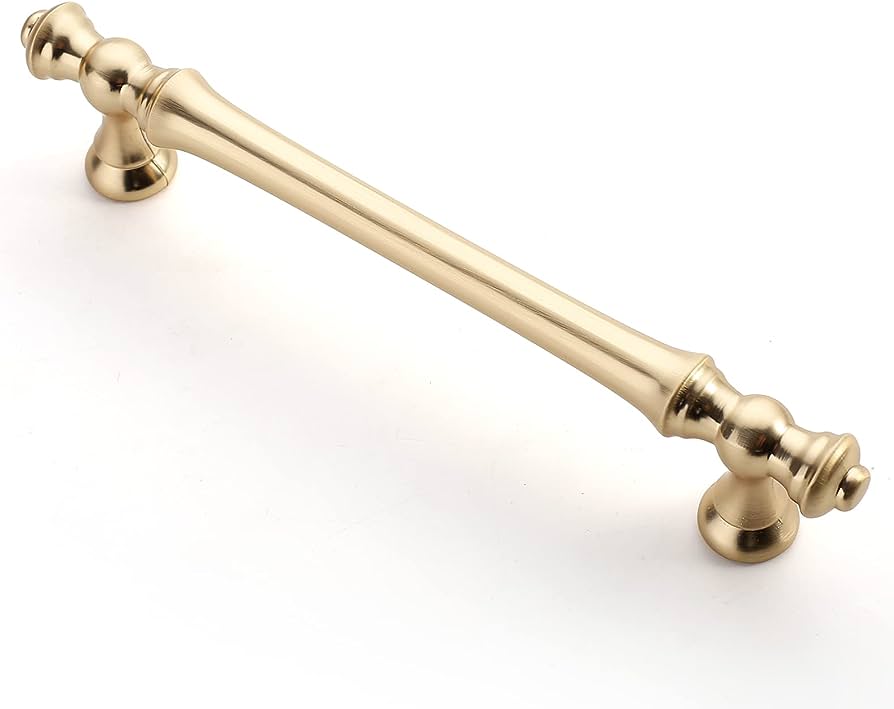Cleaning a vacuum filter may seem like a hassle, but trust me, it’s easier than it sounds! First, locate the filter – it’s typically found on the back or side of the vacuum cleaner. Once you’ve found it, carefully remove the filter from its housing, being cautious not to damage it.
Next, gently tap the filter to remove any loose dirt or debris. If the filter is washable, rinse it with cool water until the water runs clear. Avoid using hot water, as it may damage the filter. For filters that are not washable, it’s best to replace them with a new one for optimal performance.
After washing or replacing the filter, let it air dry completely before reassembling it. This usually takes around 24 hours, but check the manufacturer’s instructions for specific drying times. While the filter is drying, take the opportunity to clean out any remaining dirt or debris from the vacuum cleaner’s dust cup or bag.
Once the filter is dry and the vacuum cleaner is free from debris, carefully insert the filter back into its housing. Make sure it is secured properly to prevent any air leakage. Finally, put the vacuum back together and give it a test run to ensure everything is working smoothly.
Keeping your vacuum filter clean is essential for maintaining suction power and prolonging the life of your vacuum cleaner. So, don’t let the task overwhelm you – just follow these simple steps, and your vacuum will be ready to tackle any mess that comes its way!
Dos
- Use gloves when handling the vacuum filter.
- Remove the filter from the vacuum according to the manufacturer’s instructions.
- Tap the filter gently to remove loose dirt and debris.
- Wash the filter with mild soap and warm water.
- Allow the filter to dry completely before reinserting it into the vacuum.
Donts
- Do not use the vacuum filter without gloves.
- Do not wash the filter with hot water.
- Do not scrub the filter vigorously.
- Do not use bleach or harsh chemicals to clean the filter.
- Do not reinstall the filter before it is completely dry.
Step 1
Clean the filter with water to remove dirt and debris.
Step 2
Squeeze the filter to remove excess water and allow it to air dry.
Step 3
Inspect the filter for any remaining dirt or clogs and remove them.
Step 4
Reassemble the vacuum filter and make sure it is securely in place.
Step 5
Test run the vacuum to ensure the filter is working properly.
Final thoughts 💭
Keeping your vacuum filter clean is essential for maintaining optimal performance and prolonging the lifespan of your vacuum cleaner. Regularly cleaning the filter ensures that it can effectively trap dust and debris, preventing clogs and maintaining strong suction power. To clean your vacuum filter, start by removing it from the vacuum cleaner as per the manufacturer’s instructions. Tap the filter gently to remove loose dirt and debris, or rinse it under running water if it is washable. Allow the filter to completely air dry before reattaching it to the vacuum cleaner. Remember to clean the filter regularly, about once every one to three months, or more frequently if you have pets or suffer from allergies. By following these simple steps, you can ensure that your vacuum cleaner continues to perform at its best and keeps your home clean and fresh.





Leave a Reply